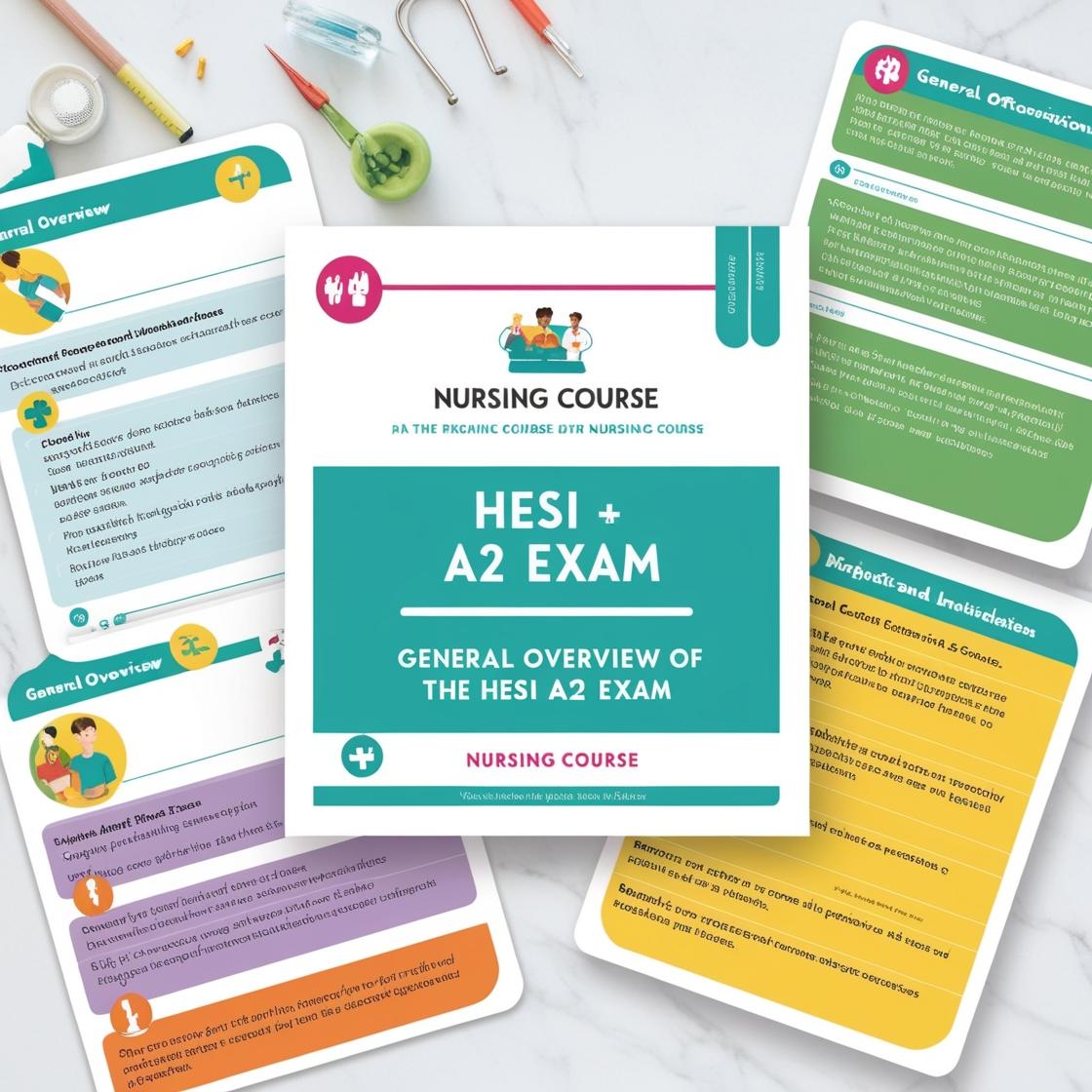HESI A2
HESI A2 Reading Comprehension
Extract:
1. What is the meaning of the word 'established' as used in the first paragraph?
- A. Created
- B. Ascertained
- C. Founded
- D. Reputable
Correct answer: C
Rationale: In this context, 'established' means 'founded' or set up for a long time. The word is used to indicate that phototherapy has been a recognized and in place form of medicine for over a century. 'Created' (choice A) is incorrect as it implies the initial invention of phototherapy, which is not the intended meaning here. 'Ascertained' (choice B) means to find out for certain, which does not match the context of how phototherapy has been practiced. 'Reputable' (choice D) means having a good reputation, which is not the same as being long-standing or founded.
2. Which of the following statements is a fact?
- A. Nurses should watch for jaundice in newborns.
- B. Untreated jaundice may cause brain damage.
- C. Phototherapy blankets are a valuable invention.
- D. Avoid neonatal units that lack phototherapy.
Correct answer: B
Rationale: The correct answer is B: 'Untreated jaundice may cause brain damage.' This statement is a fact supported by the passage. Neonatal jaundice, if left untreated, can lead to brain damage due to excess bilirubin levels in the blood. Choice A is not a fact but a general guideline for nurses. Choice C is an opinion as it describes phototherapy blankets as valuable without citing a specific fact. Choice D is not a fact but a recommendation, advising to avoid neonatal units lacking phototherapy.
3. Which statement would not be inferred by the reader?
- A. Some forms of phototherapy have been around for decades.
- B. New applications of phototherapy continue to be developed.
- C. Phototherapy is most often used to treat skin problems.
- D. Ultraviolet rays can cause damage to eyes and skin.
Correct answer: D
Rationale: The correct answer is D. While the passage extensively discusses the benefits and applications of phototherapy, it does not mention that ultraviolet rays can cause damage to eyes and skin. This statement goes beyond the information provided in the passage and cannot be inferred. A. The passage mentions that phototherapy has been around for more than a century, supporting the statement that some forms of phototherapy have been around for decades. B. The passage discusses how new applications of phototherapy, like the phototherapy blanket, are being developed, making this statement valid as it aligns with the information provided. C. Phototherapy being most often used to treat skin problems is supported by the passage, which mentions its applications in treating acne, psoriasis, and eczema. Therefore, this statement can be inferred from the passage.
Extract:
4. Which is not mentioned as a possible result of being spanked in childhood?
- A. Aggression
- B. Coercive sex
- C. Delinquency
- D. Incontinence
Correct answer: D
Rationale: The correct answer is D: 'Incontinence.' The passage discusses the negative consequences of spanking in childhood, such as increased aggression, delinquent behavior, and future sexual problems like coercive sex. However, incontinence is not mentioned as a possible result of being spanked. Therefore, it is the correct choice. Choices A, B, and C are all supported by the passage, making them incorrect answers.
5. What does the word 'integral' mean as used in the first paragraph of the passage?
- A. Central
- B. Initial
- C. Trifling
- D. Irrelevant
Correct answer: A
Rationale: In this context, 'integral' means 'central' or essential. The passage discusses the debate around spanking as a method of discipline. Some parents consider it an integral part of teaching right and wrong, highlighting its central importance. Therefore, the correct answer is 'A: Central.' Choice B, 'Initial,' is incorrect as the word 'integral' does not refer to something being at the beginning of a process or sequence. Choice C, 'Trifling,' is incorrect as 'integral' implies significance and importance, opposite to being trivial. Choice D, 'Irrelevant,' is incorrect as the passage clearly states that some parents view spanking as essential, making it relevant and not irrelevant.

Access More Features
HESI A2 Basic
$89/ 30 days
- 3,000 Questions with answers
- 30 days access
HESI A2 Premium
$129.99/ 90 days
- Actual HESI A2 Questions
- 3,000 questions with answers
- 90 days access
